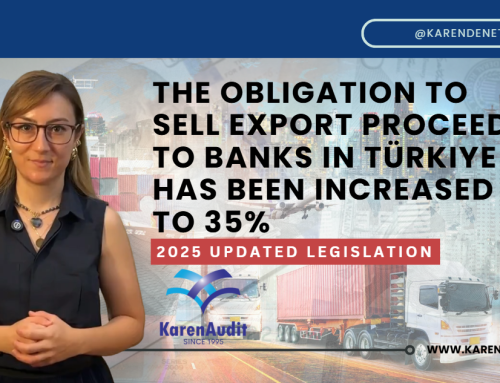October 26, 2023
Confidence in manufacturing lower …
The confidence indicator in Slovenia was lower in all three comparisons: at the monthly level by 1 percentage point (p.p.), at the annual level by 2 p.p. and compared to the long-term average by 11 p.p.
The monthly decrease was influenced by the overall order books indicator and the stock of finished products indicator (down by 4 p.p. each), while the expected production indicator increased by 6 p.p.
Over a third (41%) of the enterprises reported uncertain economic conditions as the main limiting factor in their activity (6 p.p. fewer than in October 2022), followed by insufficient foreign demand (35%, 10 p.p. more) and shortage of skilled labour (33%, 1 p.p. more).
The current capacity indicator was 82.2%, 1.0 p.p. lower than in July 2023. The assessment of current production capacities indicator improved by 7 p.p., while the new orders indicator decreased by 2 p.p. Assessment of the competitive position deteriorated on the domestic market (by 3 p.p.), on EU markets it remained unchanged, while on non-EU markets it went up by 1 p.p.
… in retail trade lower …
The confidence indicator was 2 p.p. lower at the monthly level, 1 p.p. above the long-term average and 4 p.p. higher than last October.
Most of the indicators increased, with the exception of the expected sales indicator, which also had a significant impact on the decrease in the confidence indicator.
The following factors most often limited activity: competition in the sector (44% of enterprises, 1 p.p. more than in October 2022), high labour costs (36%, 4 p.p. more) and insufficient demand (23%, 5 p.p. more). Those three indicators have similar values as in July.
… in construction lower …
The confidence indicator was 3 p.p. lower than in the previous month, and 9 p.p. lower than in October 2022, but 18 p.p. above the long-term average.
The monthly decrease was influenced by both confidence indicators, the overall order books and the employment expectations (the former was lower by 5 p.p. and the latter by 2 p.p.).
Most construction enterprises stated shortage of skilled labour as the main limiting factor in their activities (53% of enterprises, the same as last October). This was followed by high cost of material (45%, 17 p.p. fewer) and high cost of labour (40%, 2 p.p. more).
… but in services slightly higher
The confidence indicator increased by 1 p.p. at the monthly level. At the annual level, it was the same and 3 p.p. above the long-term average.
The expected demand indicator improved the most, while the expected employment indicator worsened, each by 3 p.p.
Most often activities were limited by labour shortages (36%, 9 p.p. more than in October 2022) and insufficient demand (27%, equal). A third of enterprises operated without restrictions (2 p.p. more). The labour shortage factor reached its highest value in the entire observation period; it was 1 p.p. higher than in July.
Source: Statistical Office of the Republic of Slovenia
Legal Notice: The information in this article is intended for information purposes only. It is not intended for professional information purposes specific to a person or an institution. Every institution has different requirements because of its own circumstances even though they bear a resemblance to each other. Consequently, it is your interest to consult on an expert before taking a decision based on information stated in this article and putting into practice. Neither Karen Audit nor related person or institutions are not responsible for any damages or losses that might occur in consequence of the use of the information in this article by private or formal, real or legal person and institutions.






